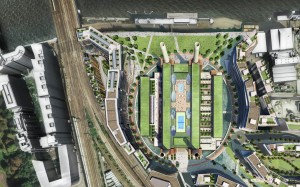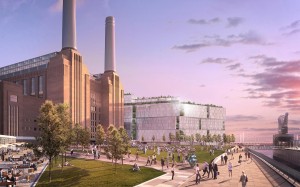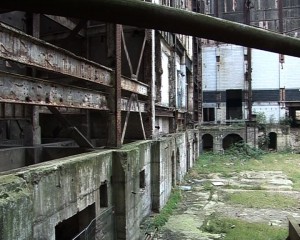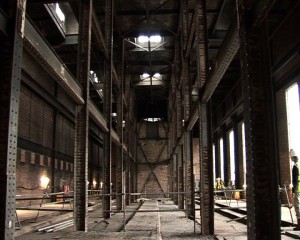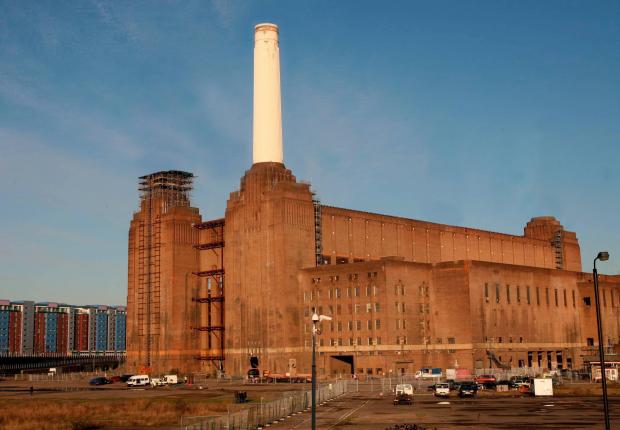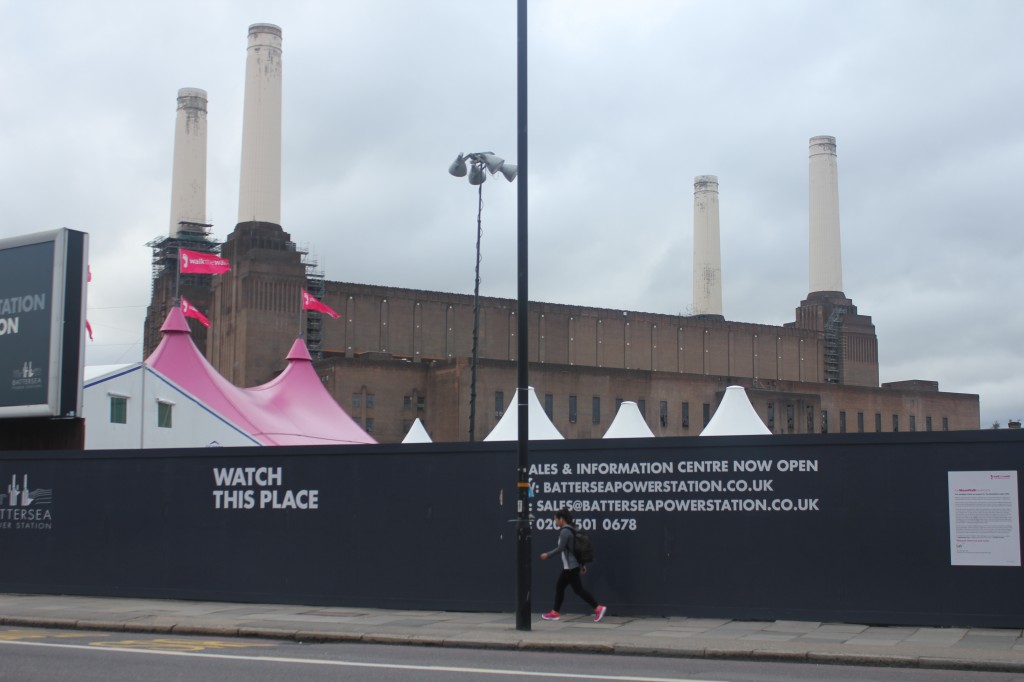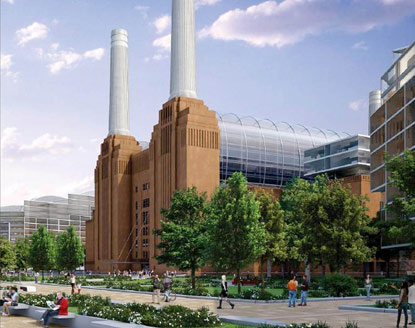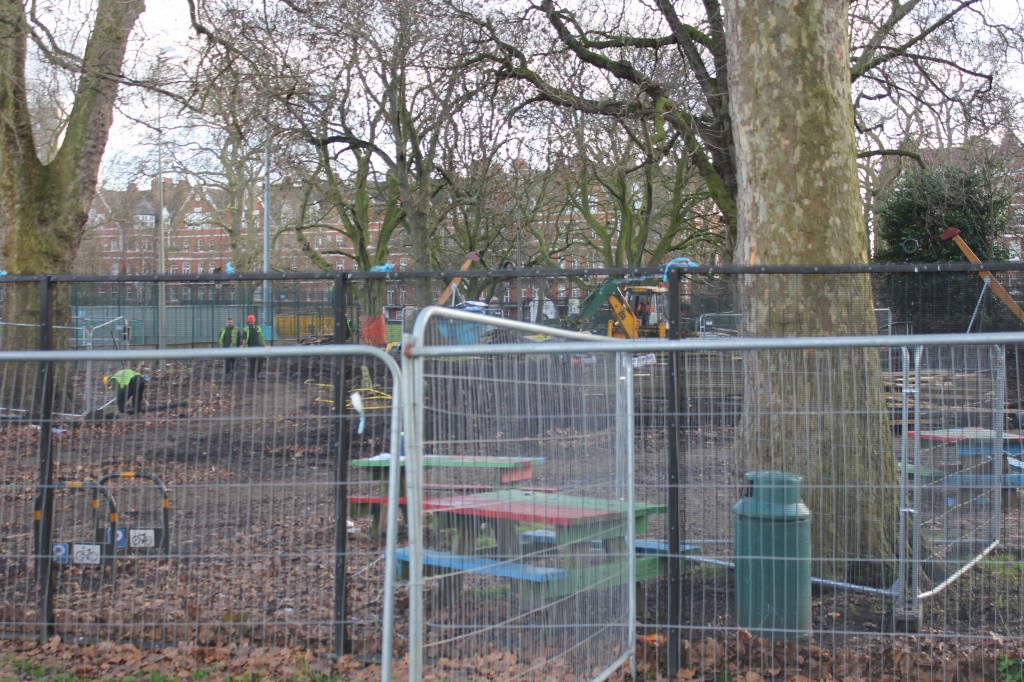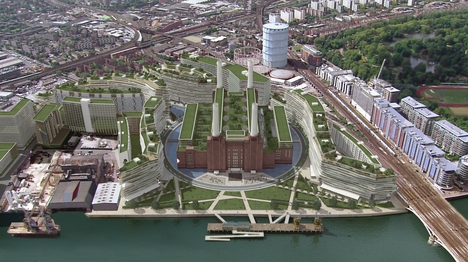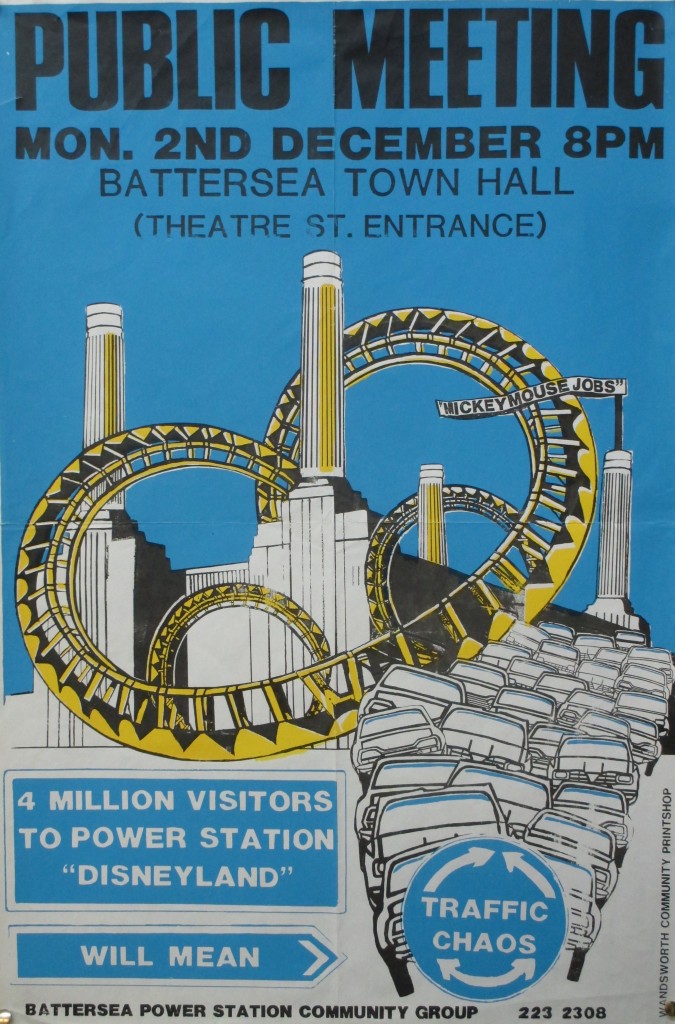Keith Garner‘s ( architect and member of the Battersea Power Station Community Group) non-edited letter to the Architects’ Journal. A critical look at Foster and Gehry, the chosen designers for phase 3 of the Battersea Power Station:
”Your report about the appointment of Foster and Gehry to the Battersea Power Station project hits the nail on the head. (AJ web site 23rd October.) New buildings on the Battersea Power Station site would certainly be highly visible “… from passing commuter trains”. The one thing you won’t see of course will be Battersea Power Station itself, which would be obscured by thousands of new flats in blocks up to 18 storeys high, to be built as part of the Viñoly master plan.
This would be a very great shame given the evident pleasure that commuters and visitors to London derive from seeing Battersea Power Station from the train: certainly to judge by the number of people who take photographs as they go by and then post them on Twitter and Instagram.
The truth is that the Viñoly master plan is fatally flawed. This is because the quantum of development it foresees will destroy Battersea Power Station’s significance as an urban landmark. It really doesn’t matter how distinguished the architects are who design individual buildings. No good will happen at Battersea until the master plan itself is ditched.
Indeed, rather than allowing new commercial buildings to proceed before Battersea Power Station is repaired, nothing should happen on the site until the future of the Grade II* listed building is itself secured. In that regard, Foster & Gehry would be better employed working alongside Wilkinson Eyre on Battersea Power Station itself, rather than in designing new buildings adjacent.
Part of the reason why the current scheme for Battersea Power Station is so wildly off beam is that its underlying premise is to fund the repairs to the listed building from the proceeds of surrounding commercial development. But if the resulting over-scaled buildings destroy the significance of Battersea Power Station as a urban landmark – as they surely will – then what’s the point?
It would be far better to transfer ownership of Battersea Power Station to a public interest trust and to repair the building with funds from the Lottery. Rob Tincknell should agree to this: it relieves the consortium of the responsibility of looking after the listed building – something they are plainly not interested in – and lets them get on with the job of making a return for their investors.
The consortium would develop the surrounding site (in a manner that respects the monumentality of the listed building and preserves key views e.g. from the railway viaduct) and would have a lease from the trust for use of the unlisted parts of Battersea Power Station itself, i.e. most of it. As a quid pro quo for the use of Lottery money, the public would have free access to the listed interiors which could be used for any number of educationally or culturally uplifting pursuits.
This seems like the basis of an equitable settlement to me. What is needed is an organisation to take it forward. For too long, English Heritage has stood on the sidelines whilst the situation at Battersea Power Station has descended in to black farce. As the government’s advisor on the historic environment, it should be their responsibility to rescue the building from the fate that currently awaits it and to pursue a civilised alternative based on trust ownership.
Incidentally, the AJ hasn’t – as far as I am aware – reported the news that the World Monuments Fund had just added Battersea Power Station to its list of world heritage in danger for 2014. This is the second time Battersea Power Station has been added to the list – the first was in 2004 – and reflects the World Monuments Fund’s ongoing concerns about the situation at Battersea and the motivations of the current owners.”
See Merlin Fulcher’s original article that provoked Keith’s comments.
Click Battersea Power Station for more blogs
See our Battersea Power Station project pages for more information and videos.
Or visit PlanA our general blog on urbanism, planning and architecture.
Spectacle homepage
Like Spectacle Documentaries on Facebook
Follow SpectacleMedia on Twitter

